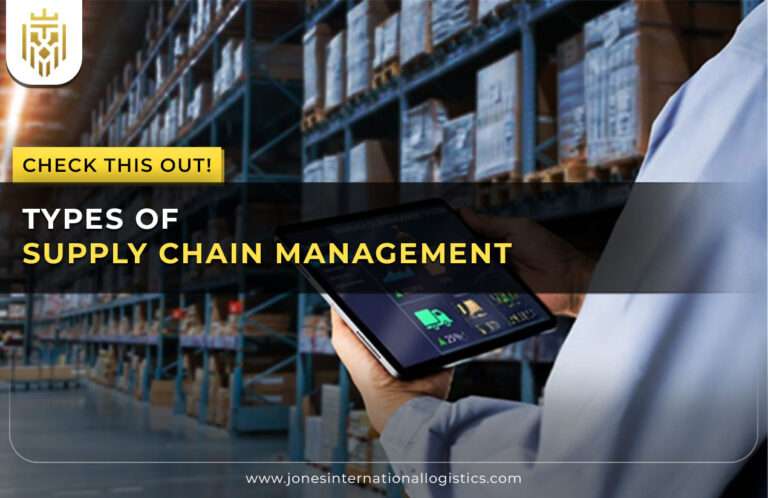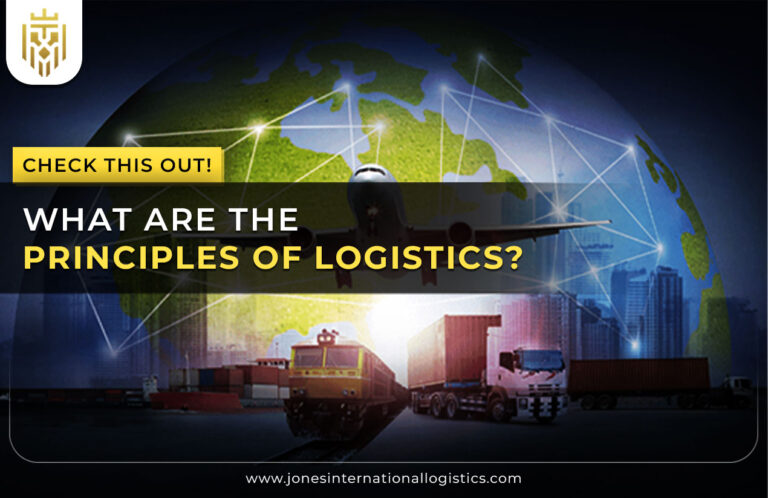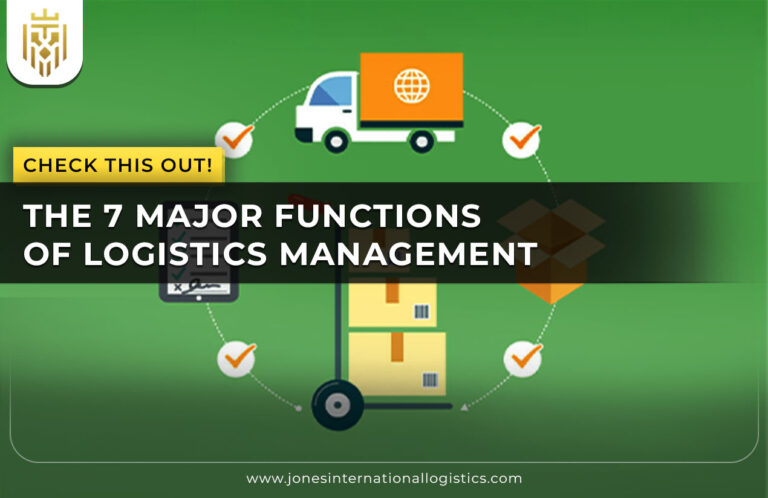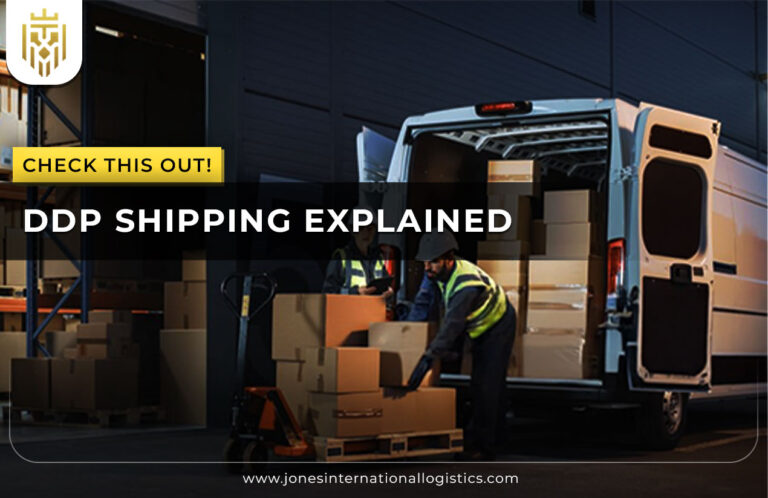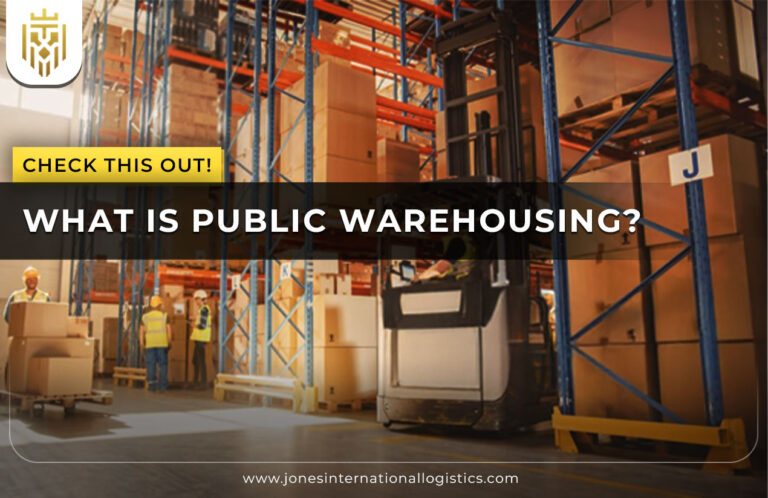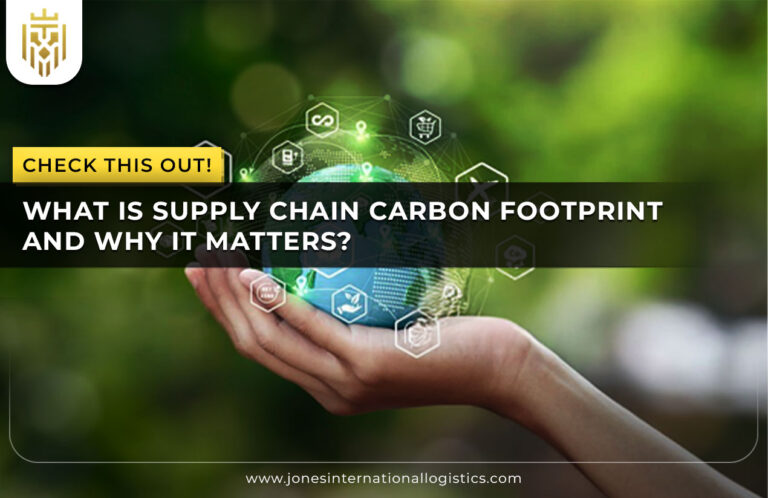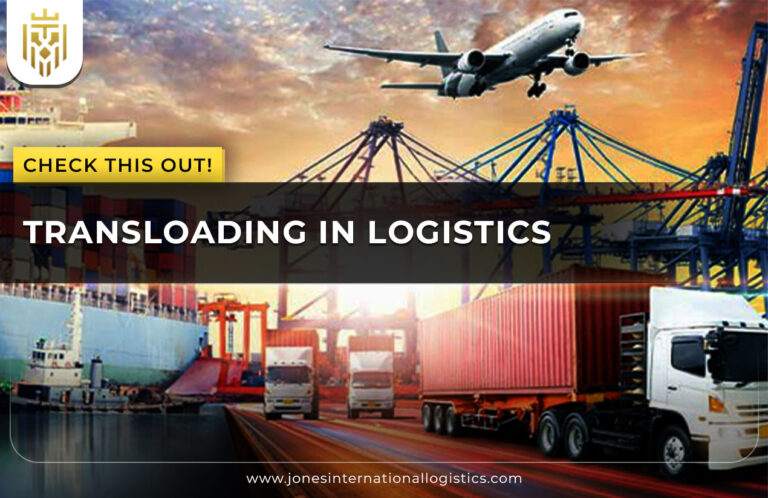What is Marketing Logistics?
Marketing logistics, which is sometimes called physical distribution or supply chain management, organizes the flow of products from makers to the people who buy them. Meeting the needs of customers in the most efficient way is a main part of the marketing logistics definition. It brings logistics in line with the management of a supply chain so that products are delivered well and customer service is effective.
Importance of Marketing Logistics
A successful marketing logistics system is essential for businesses because it boosts customer service, helps with controlling costs and shapes a business’s reputation. Logistics marketing which guarantees timely shipment and lessens expenses, helps make supply chain activities more efficient. It also supports key marketing logistics goals by helping firms become more efficient and raise customer happiness.
How does Marketing logistics work?
Marketing logistics covers everything from when a product is made to when it is given to customers. It guarantees that products are accurately available through efficient chain supervision. This coordination of marketing logistics with already existing marketing operations represents its meaning and meets marketing logistics goals, including doing things faster and better.
Functions of Marketing Logistics
The major functions of marketing logistics are delivery of products, setting prices, marketing and handling distribution activities. They help get the right goods to the right customers, achieving marketing logistics goals related to costs, proper timing and customer experiences.
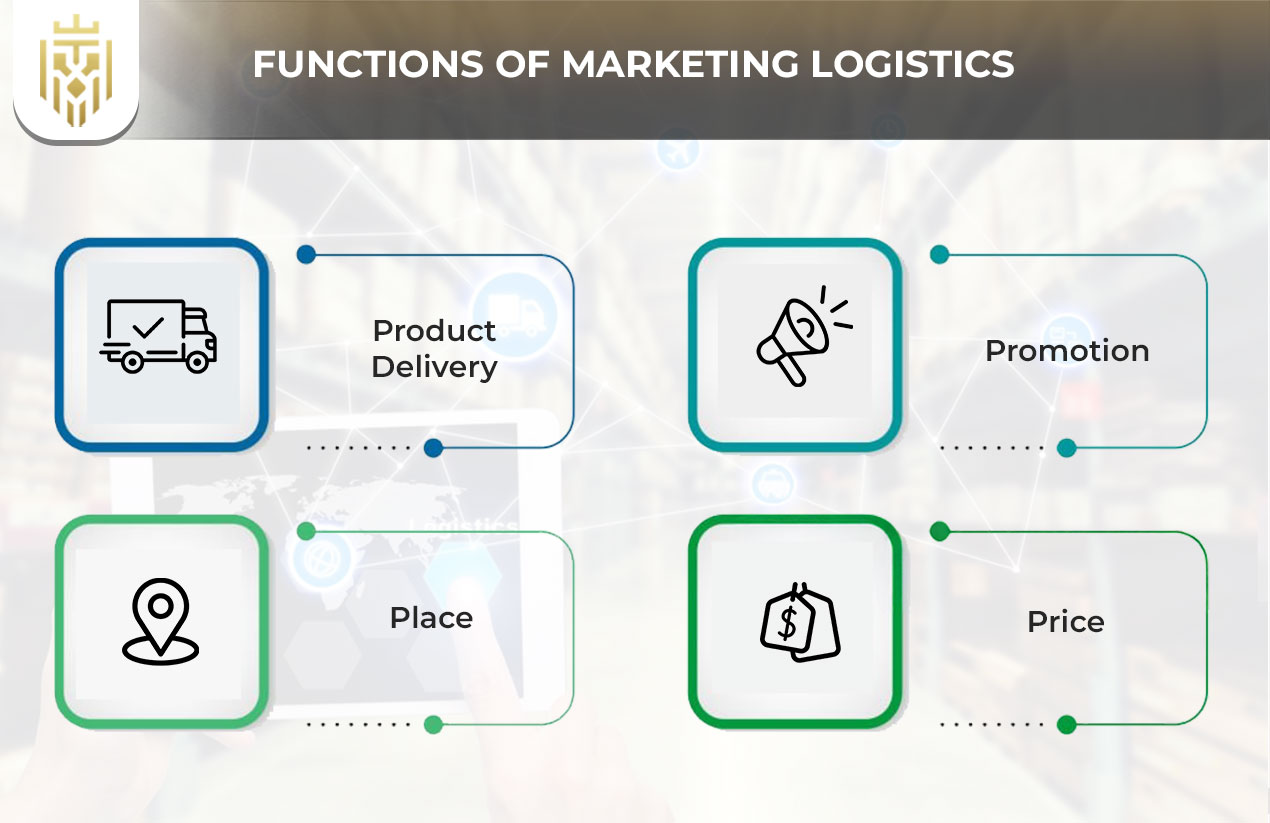
Product Delivery
Product delivery is an important area of marketing logistics that takes care of packing, shipping and making sure the goods arrive on time. It is a major factor in how we serve and keep customers. The logistics side of functions marketing helps link the business to its customers, so it is essential in overseeing supply chain activities.
Place
In marketing logistics, “place” means finding the right factories and warehouses to serve your customers. It guarantees products reach the right places at the right times. Because of this part of chain management, deliveries are made on time, goals in the supply chain are reached and important marketing logistics objectives are achieved.
Promotion
The promotion stage of marketing logistics guarantees products will be present during campaigns. When logistics marketing and sales coordinate their efforts, stock outs are prevented and the performance of the supply chain increases. With this function, businesses match promotions to their available stock, helping ensure their demand is met.
Price
Price is important in marketing logistics as it helps to balance the worth customers get from products with how much the supply chain spends. It adds in the expenses from moving, storing and delivering to price the items. As a result, marketing logistics save money and become more profitable, also improving the ways customers are served.
Core Components of Marketing Logistics
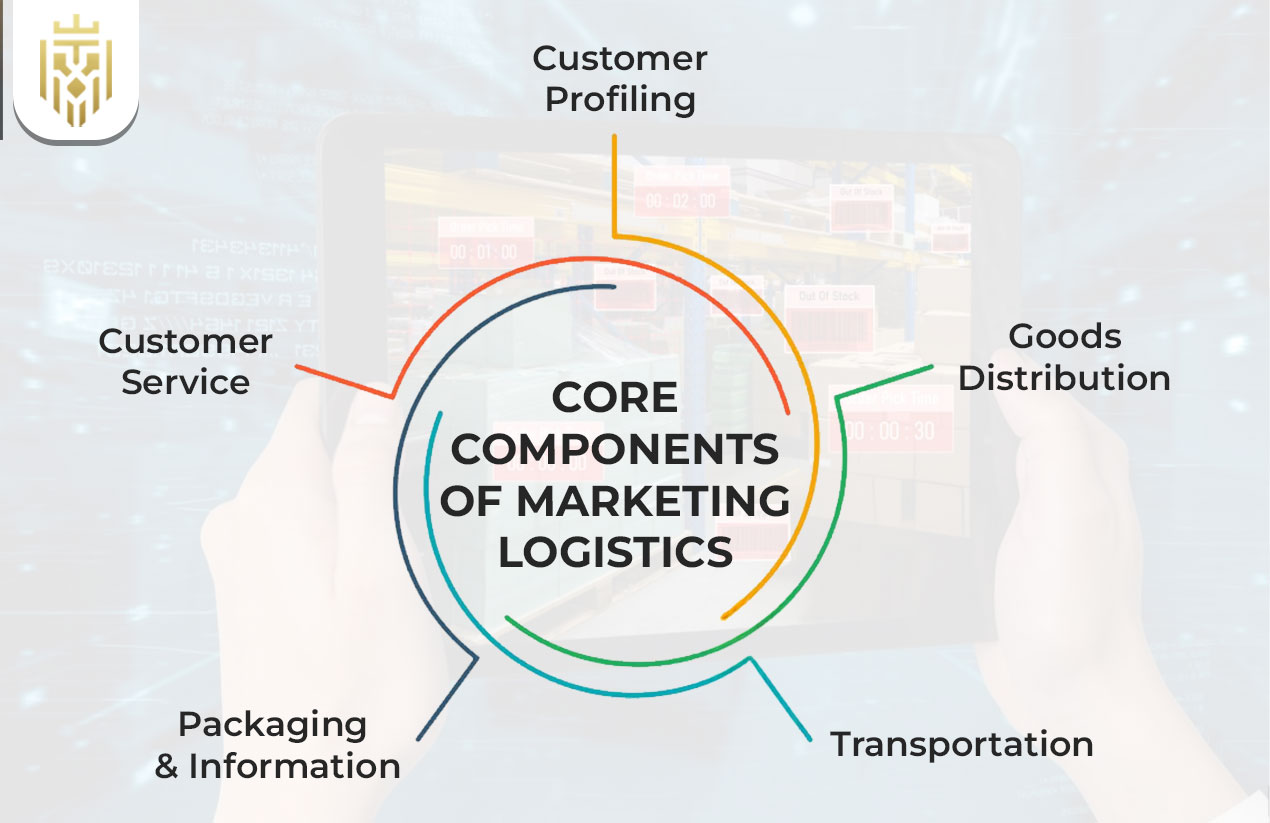
Core Components of marketing logistics are customer profiling, getting products to customers, packaging, distribution and customer service. Logistics and marketing are linked through these components to simplify supply chain operations and satisfy customers.
Customer Profiling
Profiling clients helps businesses craft their marketing logistics strategies according to their needs. Understanding preferences allows for making supply chain and delivery operations better. It also enables professionals to design campaigns that meet their customers’ needs and helps them learn marketing skills through interactive ways.
Goods Distribution
In marketing, logistics relies on goods distribution to make products move from manufacturers to those who buy them. Improving the way items are shipped and stored through warehousing ensures there is plenty of product. Because of this process, marketing logistics is better understood and the business responds swiftly, which is necessary for managing and serving customers well.
Transportation
Marketing logistics depends on transportation to transfer orders from the source to the buyer. It shapes the budget, speed and the ability to depend on the supply chain. Because of this, delivery is timely, marketing functions are supported and the supply chain is well managed for good service.
Packaging & Information
The packaging and information in marketing logistics guard products and improve the flow of communication in the supply chain. They display what the brand represents and make sure the correct information goes to the consumer. By combining information in this way, marketing logistics objectives are achieved and trust grows thanks to better customer service and professional behavior.
Customer Service
Marketing logistics relies on customer service to keep track of orders, settle issues and engage in communication. It increases customer loyalty and supports flawless supply chain management. A well-designed functions marketing plan ties together all service touchpoints along the delivery process to keep customers happy and ensure they remain loyal.
Benefits of an Effective Marketing Logistics Strategy
Having an effective marketing logistics strategy improves customer care, decreases expenses, keeps inventory accurate and improves the supply chain. Such benefits please customers and are consistent with main marketing logistics objectives like being quick, reliable and profitable.
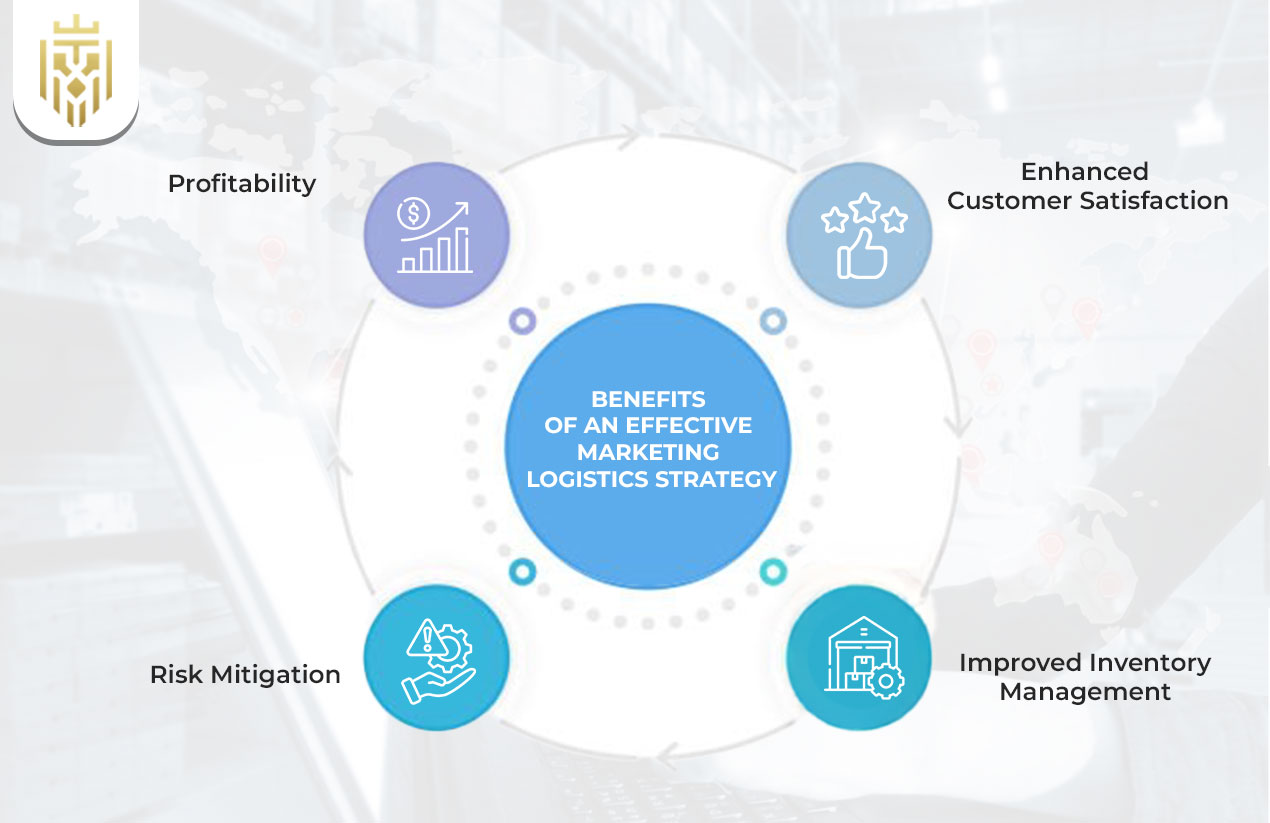
Enhanced Customer Satisfaction
A solid marketing logistics plan makes sure that deliveries arrive quickly and correctly which benefits customers. As a result, trust grows, loyalties strengthen and supply chain performance improves. When employees are satisfied, marketing logistics are supported, service excellence can make a business more competitive and positive results and stronger customer relationships become possible.
Improved Inventory Management
A strong marketing logistics system ensures better use of inventory which ultimately means lower costs and less room for unmet demand. Keeping inventory records helps a business adjust its operations to meet what customers require and optimize the supply chain. It supports a main objective in marketing logistics: making operations efficient and decreasing waste.
Risk Mitigation
Managing risks in marketing logistics supports businesses so they are less likely to experience disruptions in supplies. Taking steps to manage risks in logistics allows you to keep your commitments and avoid losing money. The result is improved chain management, alignment with marketing logistics and a business that can still function well in changing markets.
Profitability
By using an efficient marketing logistics strategy, businesses cut costs, improve how they treat customers and make their supply chain run smoother. Thanks to strategic transport, stocking and delivery, businesses fulfill their main marketing objectives by making their operations more efficient and satisfying to customers.
FAQs
1) What is Marketing Logistics?
Marketing logistics, which is sometimes called physical distribution or supply chain management, organizes the flow of products from makers to the people who buy them.
2) What are the functions of Marketing Logistics?
The major functions of marketing logistics are delivery of products, setting prices, marketing and handling distribution activities. They help get the right goods to the right customers, achieving marketing logistics goals related to costs, proper timing and customer experiences.
3) What are the objectives of marketing logistics?
The primary marketing logistics objectives are to ensure products arrive on time, spend as little as possible, provide better customer service and match logistics duties with marketing tasks. They help manage the chain better and make logistics marketing strategies smoothly flow.
4) What are the components of Marketing Logistics?
The core components of marketing logistics are customer profiling, getting products to customers, packaging, distribution and customer service. Logistics and marketing are linked through these components to simplify supply chain operations and satisfy customers.

